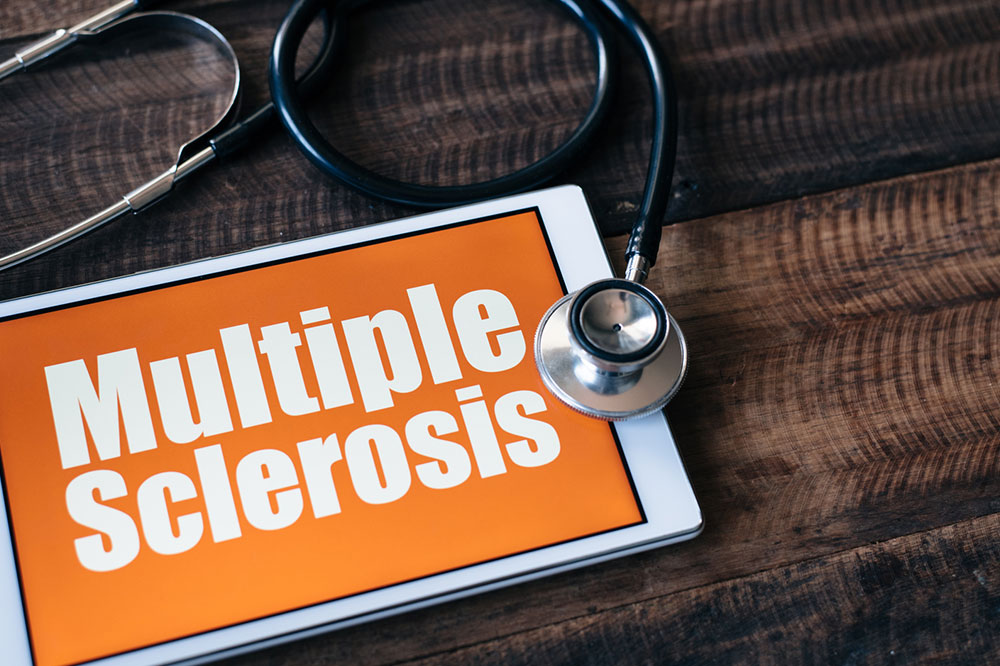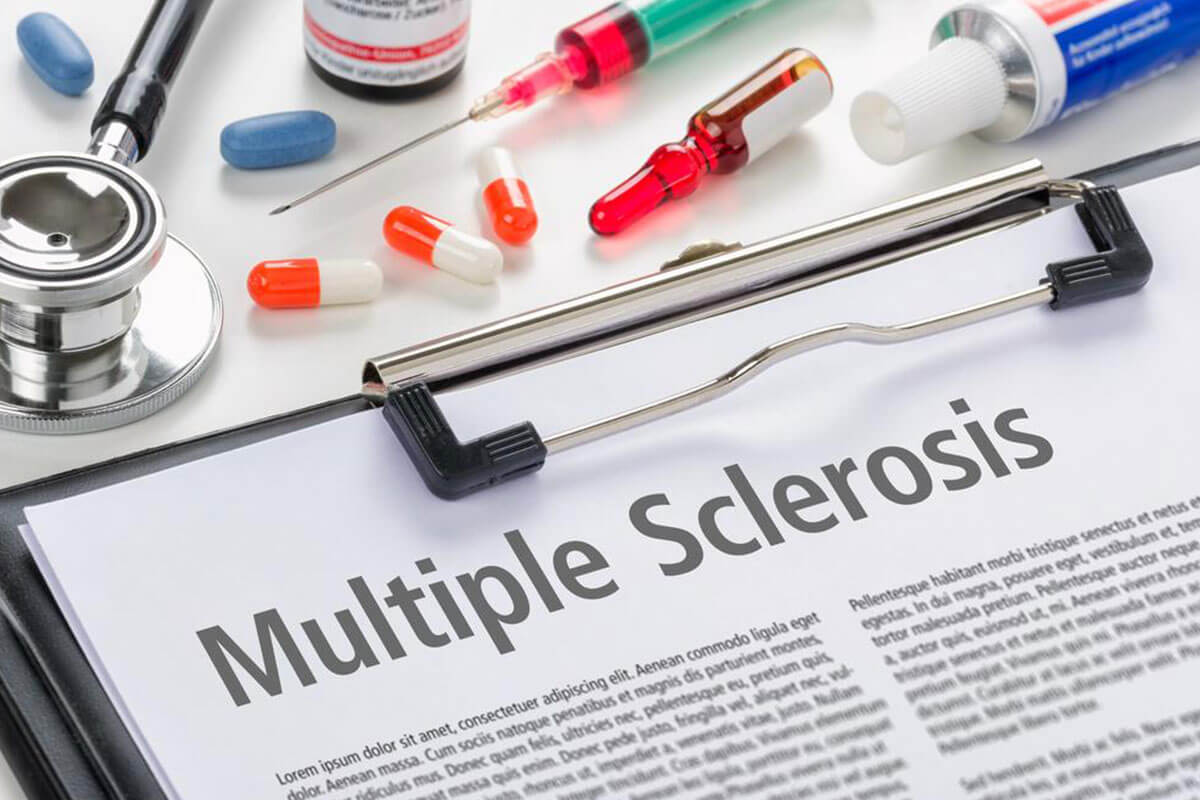Multiple sclerosis: Types and treatments
Multiple sclerosis, or MS, is a neurological condition wherein the protective covering of the nerve cells is affected, leading to dysfunction in the brain and spinal cord. The first neurological incident indicative of MS is called Clinically Isolated Syndrome or CIS. It lasts for about twenty-four hours and is characterized by single or multiple lesions in the central nervous system. Understanding the condition’s signs, causes, and types leads to its timely management.

Types of MS
Based on the way CIS manifests in the body, multiple sclerosis can be classified into four types.
- Relapse remitting multiple sclerosis (RRMS)
This is the most common form of multiple sclerosis and is characterized by relapses during which new symptoms make an appearance. - Secondary-progressive multiple sclerosis (SPMS)
This is where the disease constantly progresses with time and the symptoms worsen with or without relapses and remissions. - Primary-progressive multiple sclerosis (PPMS)
This is experienced by a small number of those diagnosed with multiple sclerosis, where the symptoms steadily keep getting worse, but there are no relapses or remissions at all. - Progressive-relapsing multiple sclerosis (PRMS)
This is the rarest form of multiple sclerosis. In this type, the disease gets worse day after day, but there are no remissions, only acute relapses.
Signs and causes
Signs of the condition can vary from person to person. Patients can experience changing symptoms as the condition progresses due to the damaged nerve. Some of the common signs of multiple sclerosis are tingling or numbness, lack of coordination, experiencing trouble walking, and some neck movements that can trigger an electric-shock experience. Additionally, MS can also impact the patient’s vision, bowel movements, bladder functions, mood, memory, and speech.
The exact cause of MS is not known. It is considered to be an immunity-mediated condition where the immune cells attack the body’s tissues. During this process, it destroys the myelin sheath protecting the nerves, resulting in the onset of MS.
Role of nutrition
Lifestyle habits and daily nutrition play a significant role in managing MS and its symptoms. Steady, nutritious food habits can result in lower MS complications such as lesions and relapses. They also protect the patient against MS-related disabilities. Cardiovascular conditions such as high cholesterol, hypertension, and other risk factors can be reversed by including the right foods and changing certain lifestyle habits. These changes will also help lower the person’s MS activity. Eating nutritious food also helps the person build their gut microbiome, strengthen their immunity, and improve brain health. MS patients should regularly include antioxidant-rich foods in their meals. Foods rich in minerals and vitamins, especially calcium and Vitamin D, are also good for these patients. Fish, meat, fruits and vegetables, yogurt, kefir, and eggs are some common foods that should be included in regular meals.
Treatment options
With regard to treatment, multiple sclerosis needs to be treated the moment it is diagnosed or right after CIS because the disease is found to cause more harm in the initial stage. Multiple sclerosis treatments are now available to help reduce the frequency of relapses and slow the progression of the disease. Some treatments include intravenous or oral options. They are considered a good form of the relapsing multiple sclerosis treatments available and is administered as either subcutaneous or intramuscular with dosage varying from once a week to once every two days. It is important to consult a neurologist for dosage details and prescriptions.
There are certain treatment options used for one of the types of multiple sclerosis where the patient’s symptoms appear consistent with those of multiple sclerosis after an MRI scan.
Additionally, there are oral treatment options that need to be taken as per doctor’s recommendation to help reduce the frequency of relapses and delay the inevitable physical disability that characterizes multiple sclerosis.




